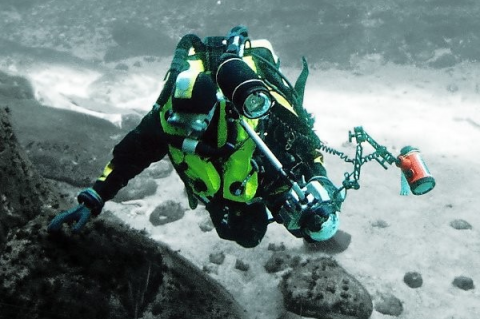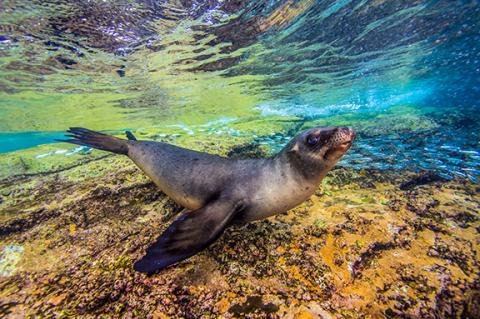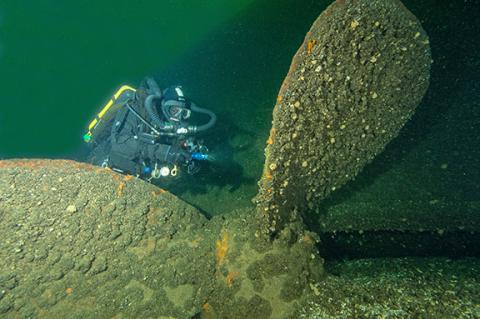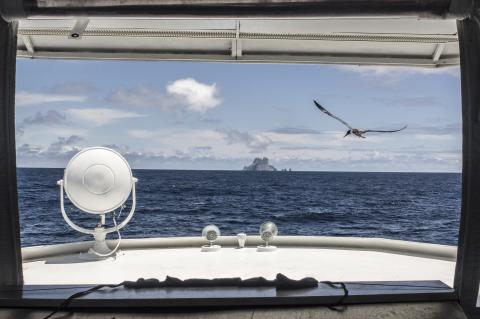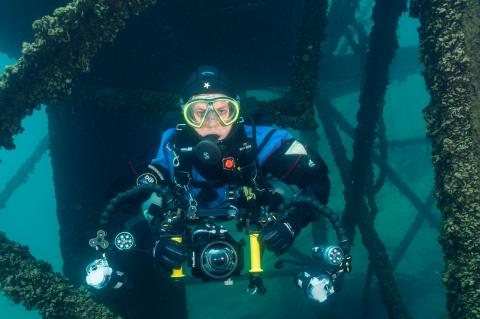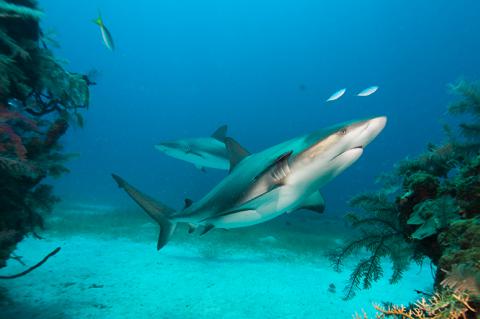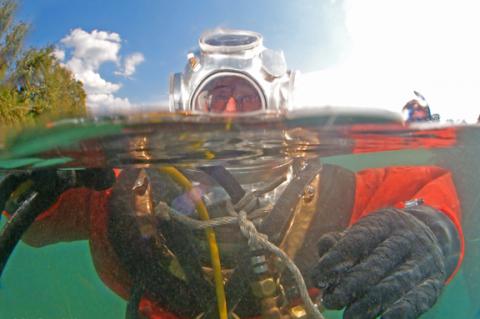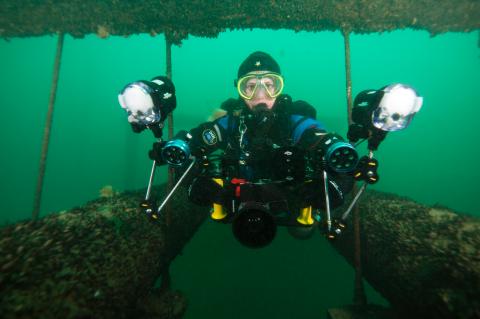Why, When and How to Use Rebreathers for Photography
There are many advantages to diving closed circuit for the underwater image creator such as better interaction with wildlife or longer dives. However, there are also a number of disadvantages to consider such as added complexity and task loading.

